 If you read current literature on training, one of the things you’ll read about a lot is scenario-based training. This goes by other names, too, including immersive learning and problem-based learning. For this article, we’re going to stick with scenario-based training.
If you read current literature on training, one of the things you’ll read about a lot is scenario-based training. This goes by other names, too, including immersive learning and problem-based learning. For this article, we’re going to stick with scenario-based training.
No matter what you call it, there’s a reason why people talk about it a lot. Because it’s an effective way to learn. Within the context of job training, scenario-based training has a couple big advantages. These include:
- Creating training that more directly matches true performances expected of the employee on the job
- Making compliance training more active, fun, engaging, and effective
- Reducing the amount of time it takes for an employee to develop expertise in his or her job (moving employee from basic, foundational job knowledge and skills to advanced skills that create value for the company more quickly and efficiently)
- Providing a safe learning environment in which employees can practice and learn from mistakes without harming themselves, machines, or business goals
This article will at least touch on all four of those points. But we’re going to primarily focus on how scenario-based training can reduce the amount of time it takes for an employee to develop advanced job skills and become an expert in his or her field, something everyone wants.
Along the way, we’re going to be focusing our lessons from a book by Dr. Ruth Colvin Clark. And we’ll also provide some examples and helpful resources from other influential writers on workforce L&D, including Anna Sabramowicz, Cathy Moore, and Christy Tucker. Hats off to all of them, and please do check out their work and articles (in particular, this interview we had with Anna Sabramowicz about using Storytelling & Scenarios in Job Training).
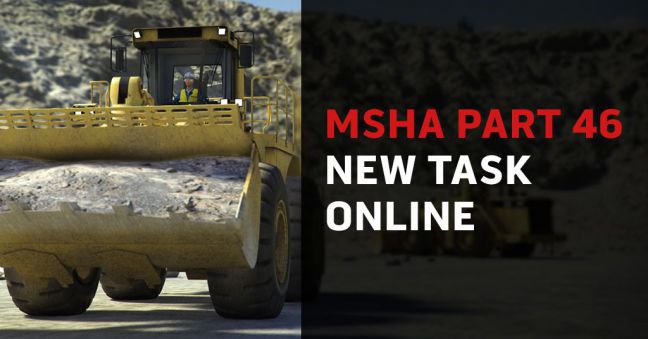
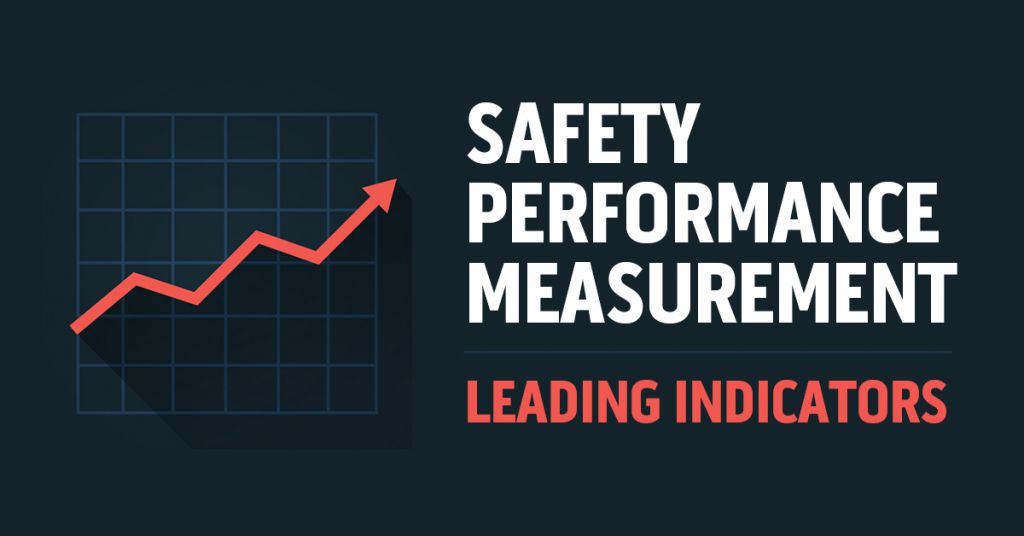
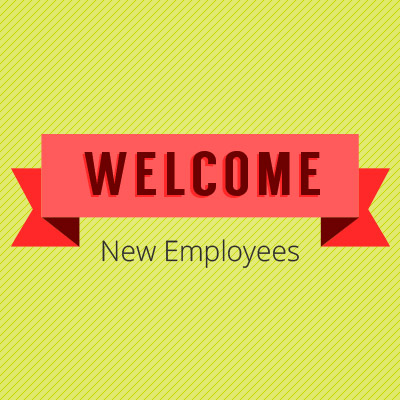 What do you do when a new employee is hired? Do you have a process for onboarding new employees?
What do you do when a new employee is hired? Do you have a process for onboarding new employees? Training within manufacturing organizations has undergone a lot of changes over time, and there are plenty more changes coming.
Training within manufacturing organizations has undergone a lot of changes over time, and there are plenty more changes coming. In some recent articles, we’ve been looking at issues related to determining if your training program is having a desired positive effect, determining how big of a positive effect it’s having, and communicating that information internally within the training department but also externally with others in your workplace.
In some recent articles, we’ve been looking at issues related to determining if your training program is having a desired positive effect, determining how big of a positive effect it’s having, and communicating that information internally within the training department but also externally with others in your workplace.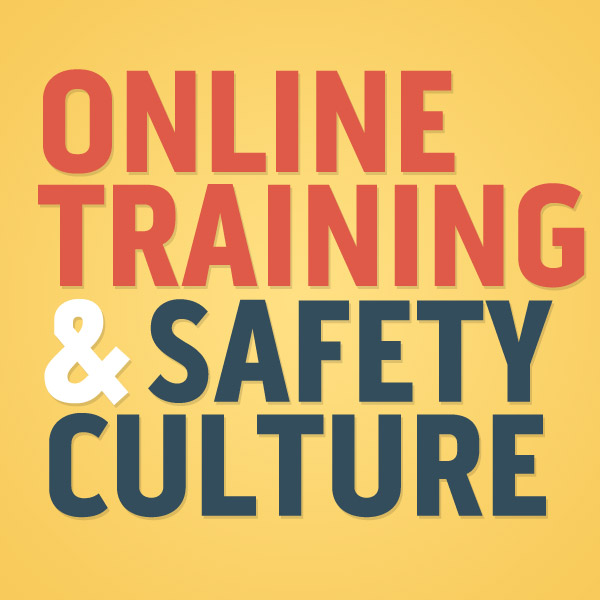 If you’re in safety, you may be familiar with various reasons why it’s a good idea to use online training tools as part of your safety/EHS training program at work.
If you’re in safety, you may be familiar with various reasons why it’s a good idea to use online training tools as part of your safety/EHS training program at work. If you live in today’s world, read the papers, listen to the radio, or (more to the point) get on the Internet, you’ve heard the phrase: BIG DATA. And maybe you’ve heard of BIG LEARNING DATA too.
If you live in today’s world, read the papers, listen to the radio, or (more to the point) get on the Internet, you’ve heard the phrase: BIG DATA. And maybe you’ve heard of BIG LEARNING DATA too.
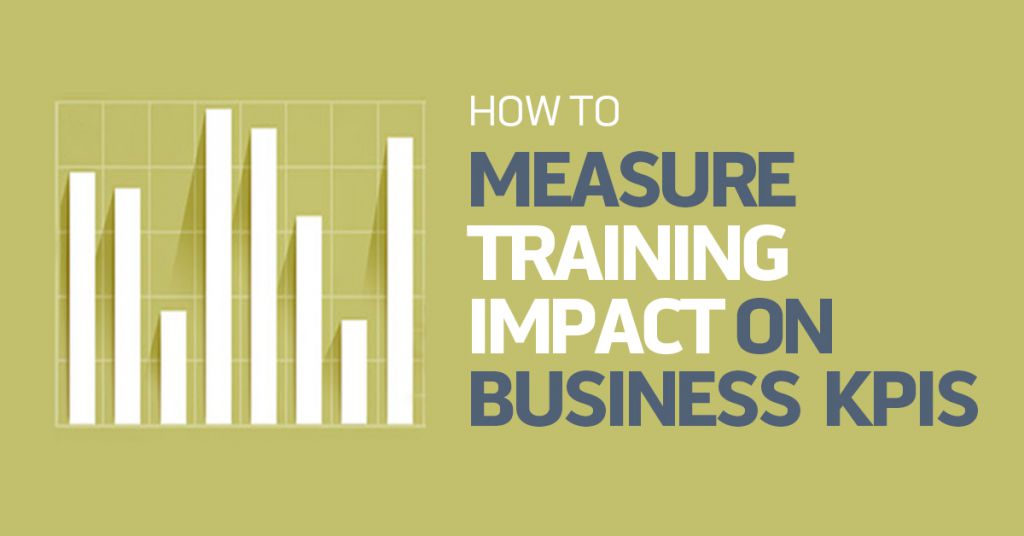
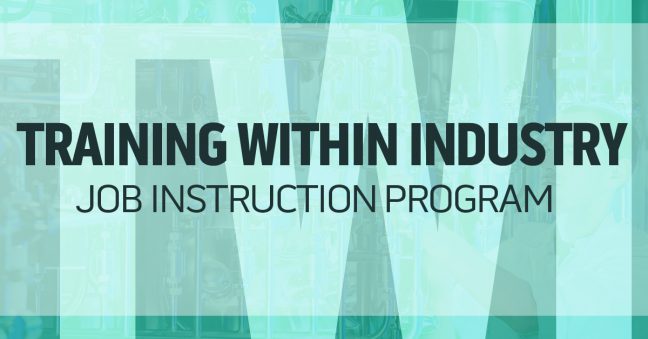
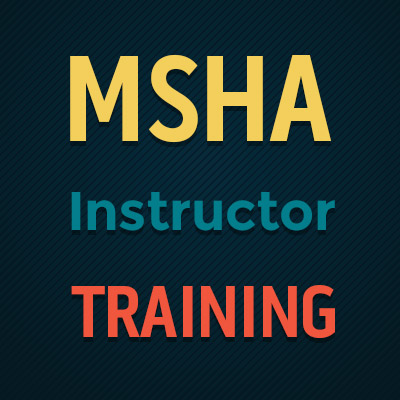 Not so long ago, we were giving some thought to the
Not so long ago, we were giving some thought to the